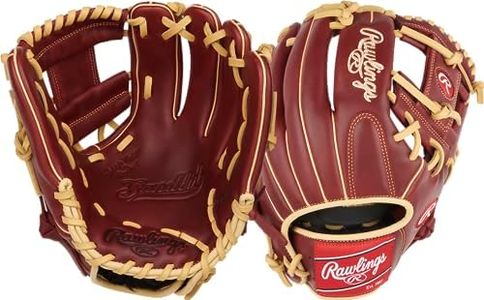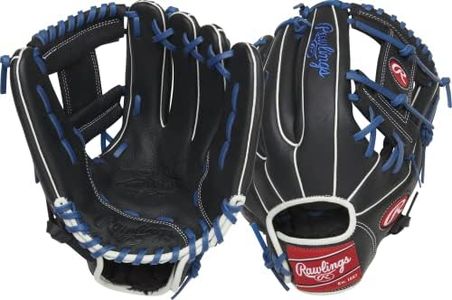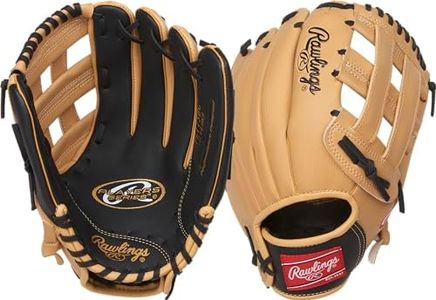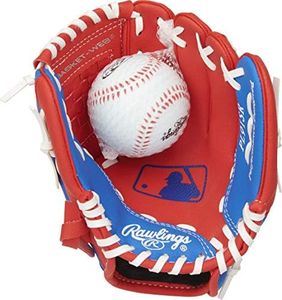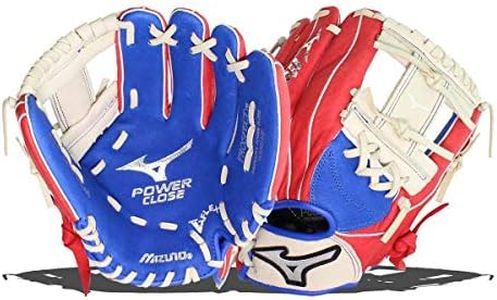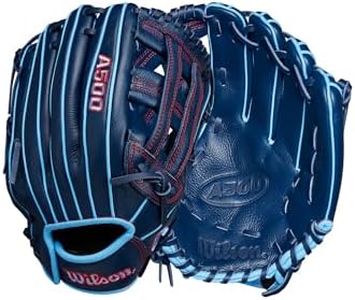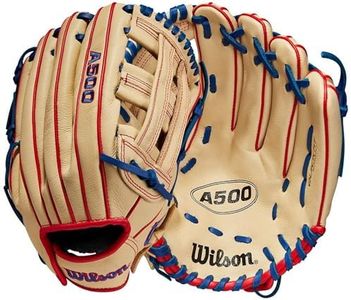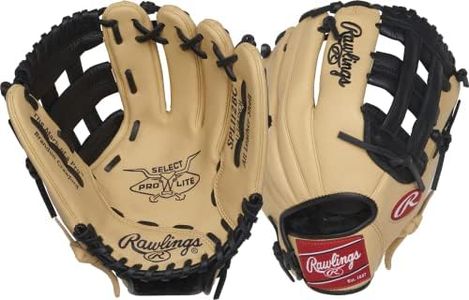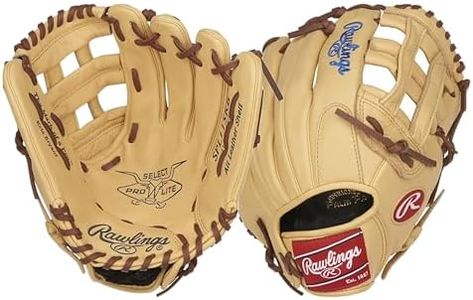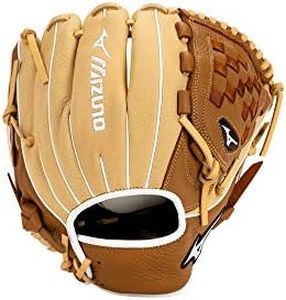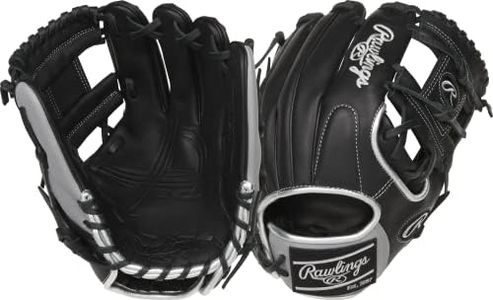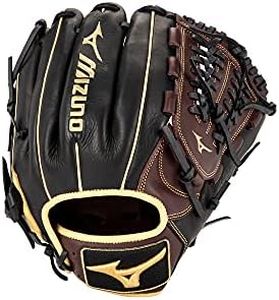We Use CookiesWe use cookies to enhance the security, performance,
functionality and for analytical and promotional activities. By continuing to browse this site you
are agreeing to our privacy policy
10 Best Youth Infield Baseball Glove
From leading brands and best sellers available on the web.Buying Guide for the Best Youth Infield Baseball Glove
Choosing the right youth infield baseball glove is an important decision since the right glove can help young players learn proper technique, feel more comfortable on the field, and build confidence. It’s important to consider how the glove fits, how easy it is to control, and how well it suits the specific needs of an infield position. By understanding key features and specs, you'll be able to find a glove that helps the player develop their skills and enjoy the game.Glove SizeGlove size refers to the measurement from the tip of the index finger to the base of the glove, usually measured in inches. It's crucial for youth players to use the right sized glove because one that's too big can be hard to control, while one that's too small doesn't offer enough catching area. Youth infield gloves commonly range from about 9 to 11.5 inches. Younger or smaller players should look for the lower end of this range, while older or bigger kids can go slightly larger. Always make sure the glove allows the player to control it comfortably and open and close it easily.
Web TypeThe web type is the pattern that connects the thumb to the fingers, playing a role in how the glove handles balls. Infielders usually prefer open web designs, such as I-webs or H-webs, since these make it quicker to get the ball out for fast throws and easier to shake out dirt. Closed webs can be heavier and hold onto the ball more securely but may slow down transfers. If the user is playing mainly in the infield, an open web typically offers more agility for young athletes.
MaterialGloves are commonly made from leather, synthetic materials, or a combination of both. Leather gloves provide more durability and a better feel but can be stiffer and require more break-in time. Synthetic gloves are lighter and require little to no break-in, making them easier for beginners, though they might not last as long. For younger players or those new to the game, synthetics can be a good starting point. For those seeking more longevity and a better playing experience as skills progress, leather is preferred.
Fit and AdjustabilityFit and adjustability refer to how well the glove secures around the wrist and hand. Youth gloves often feature adjustable straps, Velcro, or lacing to ensure a snug fit for smaller hands. A glove that’s too loose can slip off or feel unwieldy, while one that’s too tight can be uncomfortable. Look for features that allow the glove to be tightened or loosened easily so the player can grow with the glove and always maintain a confident grip.
Pocket DepthPocket depth is how deep the part of the glove that catches the ball is. Infielders generally need a shallower pocket, making it quicker to retrieve the ball for fast plays. A deep pocket is better for securing fly balls, which isn’t as critical for infield positions. When considering this spec, remember that shallow pockets help develop quick hands and are ideal for shortstop, second base, or third base youth positions.
Break-in TimeBreak-in time is how long it takes to make the glove soft and flexible for comfortable use. Gloves with shorter break-in times are ready to play more quickly, while those with longer break-in times might last longer and fit and perform better over the years. If the user needs to use the glove soon or doesn’t have much patience for breaking in a glove, opt for models that advertise being game-ready or with softer materials.
